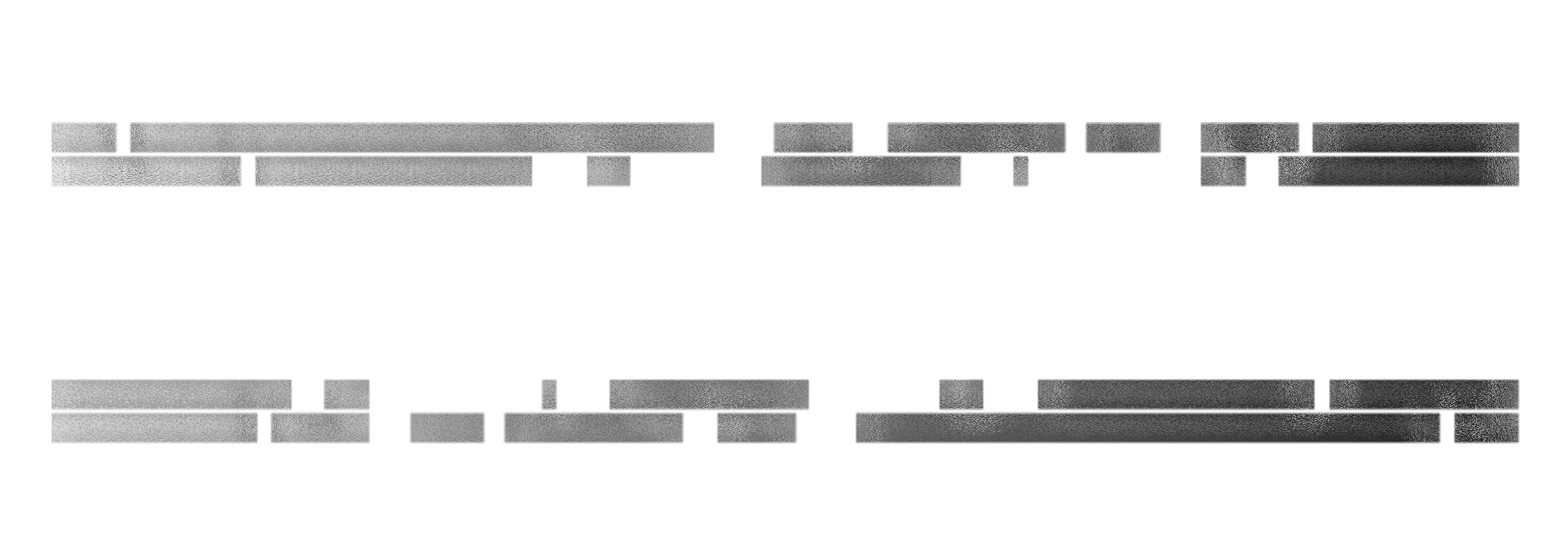Proto-modern designers at the turn of the twentieth century like Otto Wagner, Frank Lloyd Wright, Hendrik Petrus Berlage, and Peter Behrens presented their designs as a kind of interface between human and machine. They engaged the increasingly mechanized world and the new forms of life that it supported but also tried to protect the rapidly evolving human. Design was a form of defense, and the body was typically wrapped in clothing that matched the buildings, furnishings, and objects. Renderings featured highly detailed figures whose clothing and activities harmonized with the designed spaces and objects, with the human seemingly modernizing itself in synchrony with the designs around it.
P.206
If design is always the design of the human, this schematic species is a crucial symptom. They are the first occupants of modern design that inhabit it even before the design is finished, the protohumans that test-drive the prototypes of modern design, as if to see if they will become human. Or is it that the ghost is a temporary substitute for the human that will itself be substituted by the design? Or even that it is exactly that, a ghost, the fragile trace of a human already departed, more post-human than proto-human?
P.205


